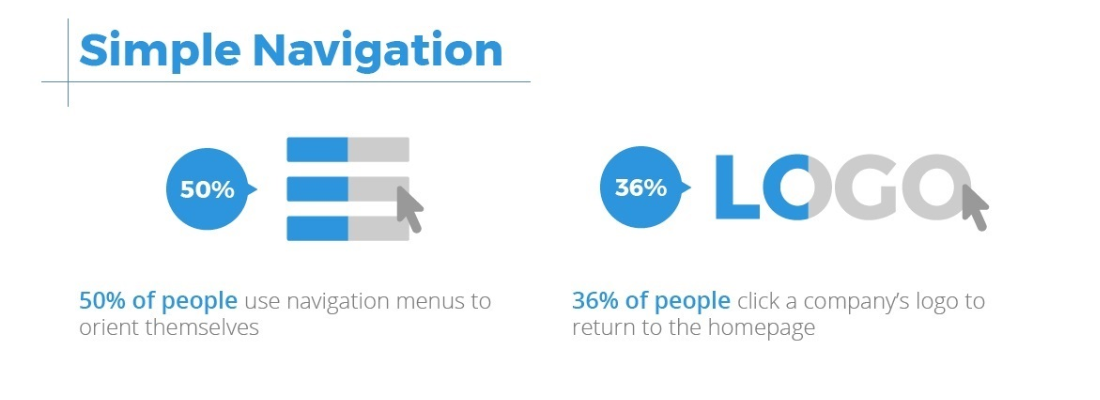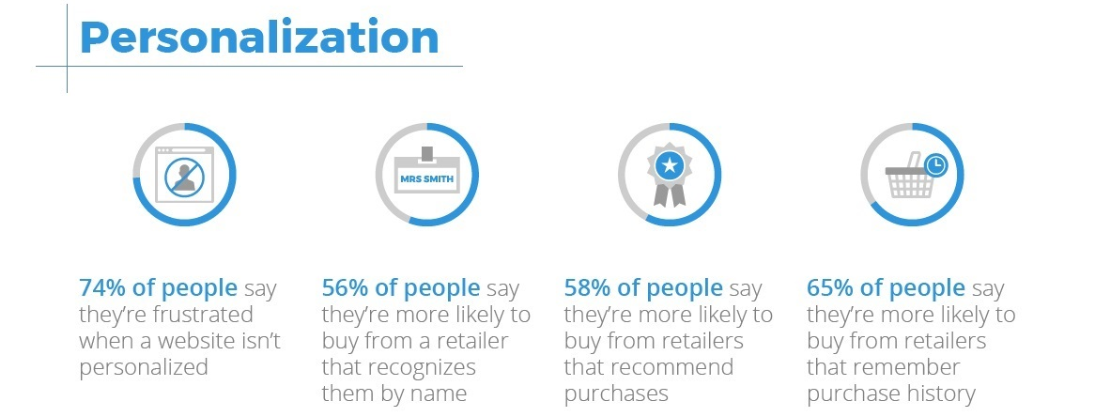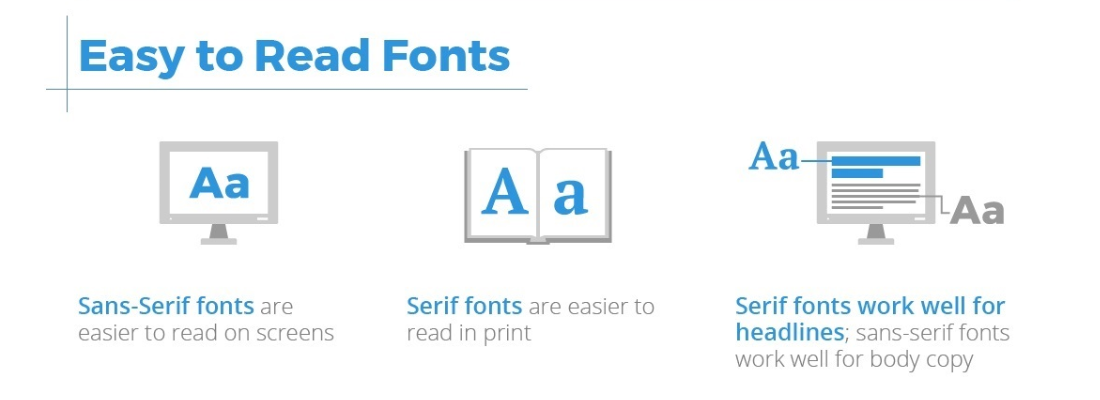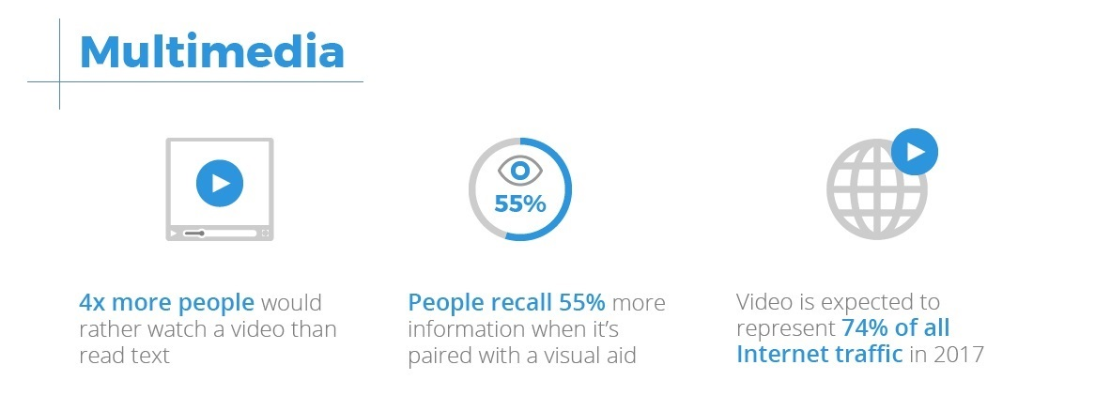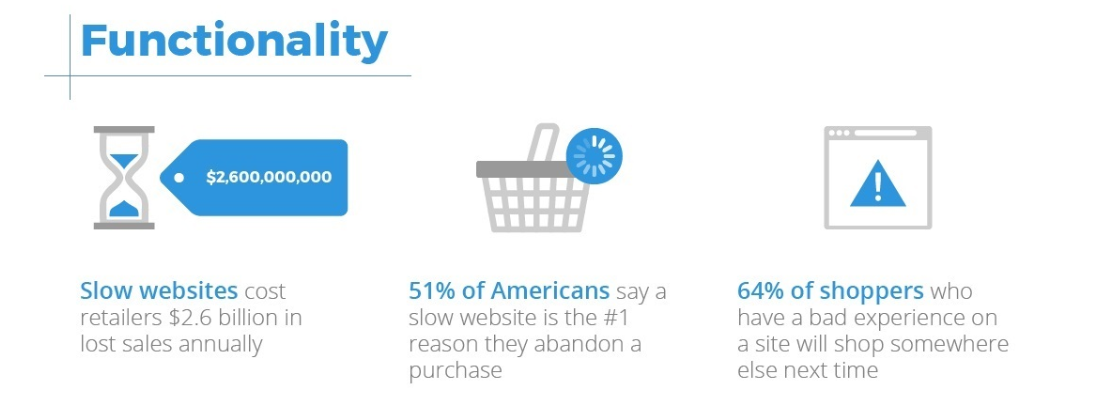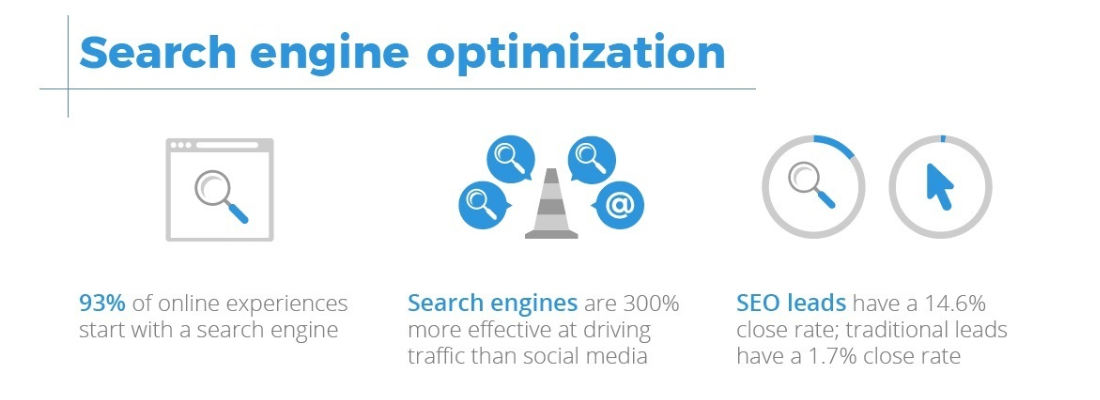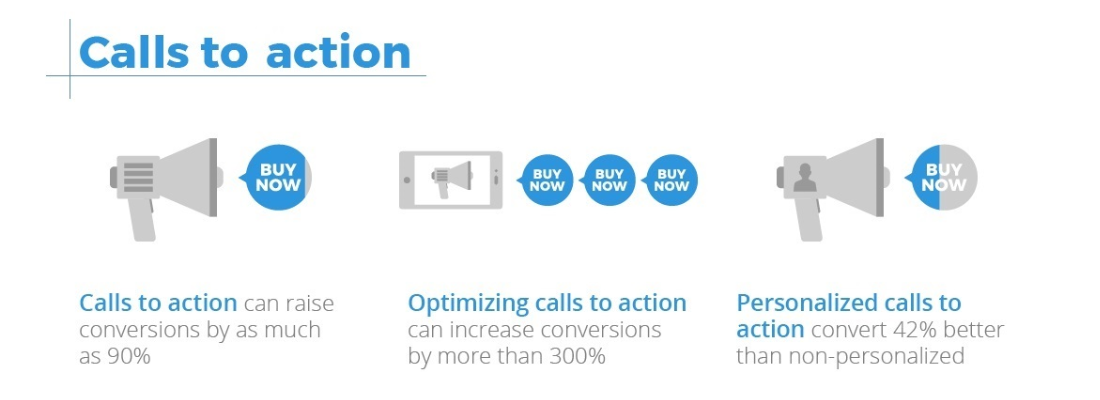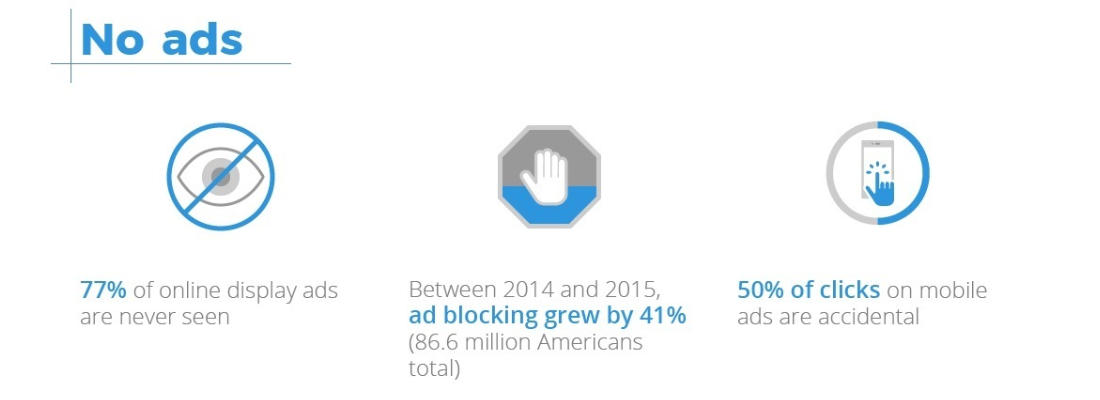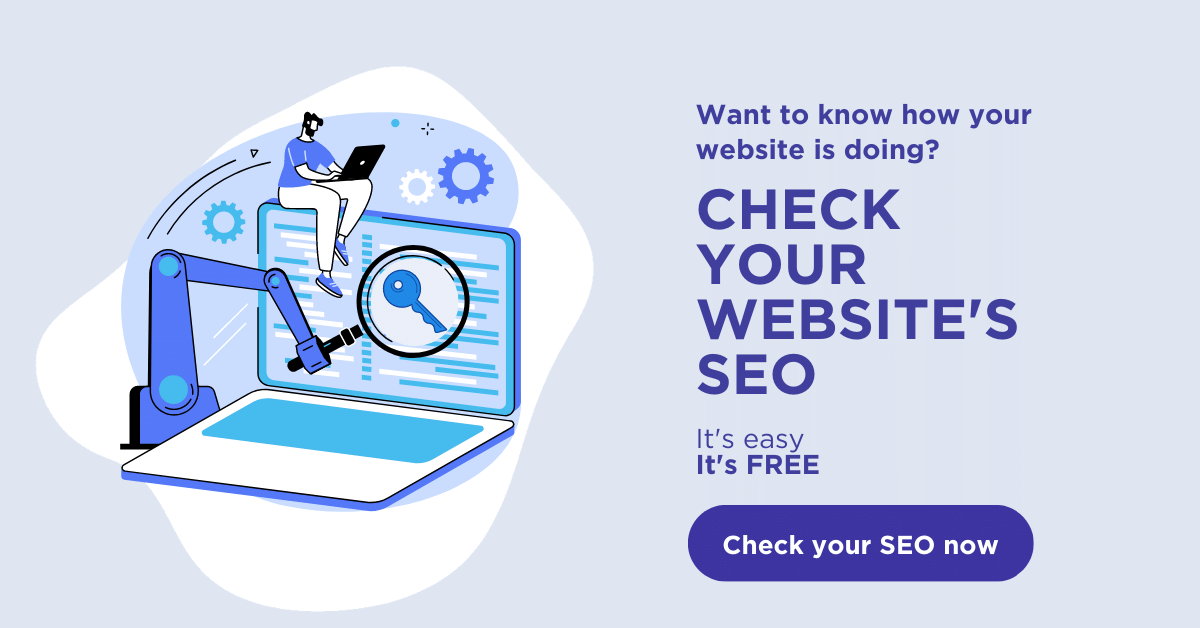What Makes an A+ Website?
At GradeMyWebsite, we’re happy to show you how well your website is doing.
In fact, that’s why we designed the tool. In less than a minute, you can get a free SEO audit with personalized recommendations.
But if you don’t have a website to submit yet, how can you be sure you’re creating an A+ website?
That’s why we put together this helpful infographic.
With it, you can make sure your website is off to a strong start.
Infographic: What makes a great website?

Factor 1. Responsive design
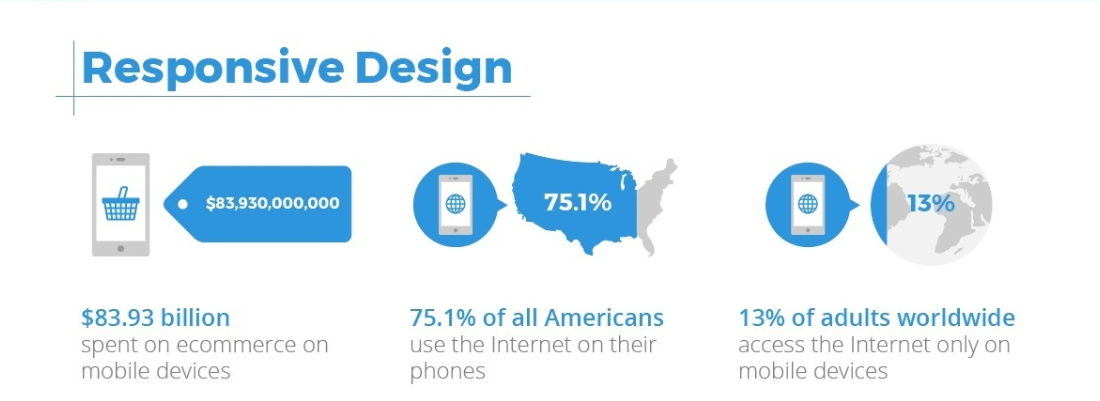
Responsive design is officially essential to the success of businesses online.
Today, more than $83.93 billion is spent on ecommerce via mobile devices.
So if you run an ecommerce company, but you don’t have a responsive website, you’re closing yourself off to almost $84 billion in spending.
On top of that, 75.1% of all Americans use the Internet on their smartphones. That’s millions of people, and they’re all looking for businesses on their mobile devices.
Last, 13% of adults worldwide only access the Internet via a mobile device.
So regardless of your industry, you’re cutting out 1/8 of the world from your website if it’s not responsive.
Factor 2. Modern web design
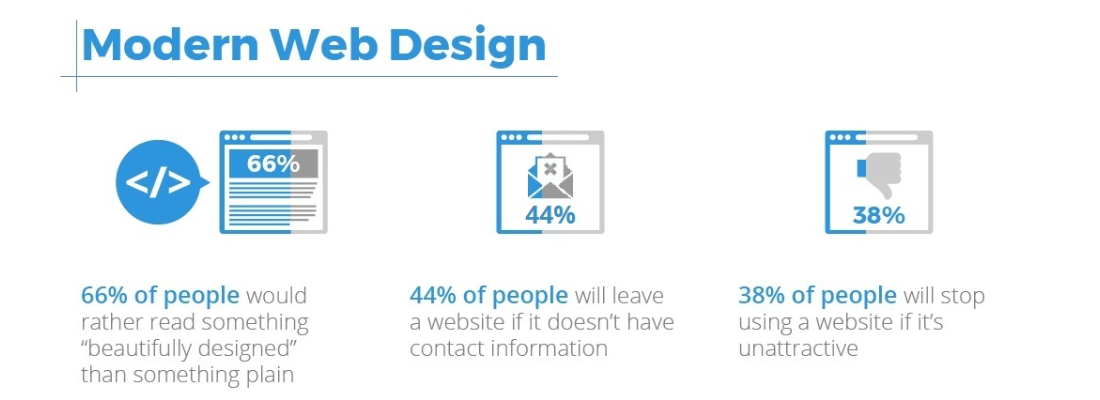
Modern web design refers to the overall appearance of a website, like its homepage, blog, contact form, and more.
Design may not sound important, but it plays a huge role in a company’s online success. In fact, 66% of people would rather read something well-designed than something plain.
On top of that, 44% of people will leave a website if it doesn’t have contact information. So even when your company’s website looks great, it’s still important to design your pages with your name, address, and phone number in mind.
Most importantly, 38% of people will stop using a website if it’s poorly designed.
If you want people to stay on your website, you need it to look good and provide consistent information!
Factor 3. Good content
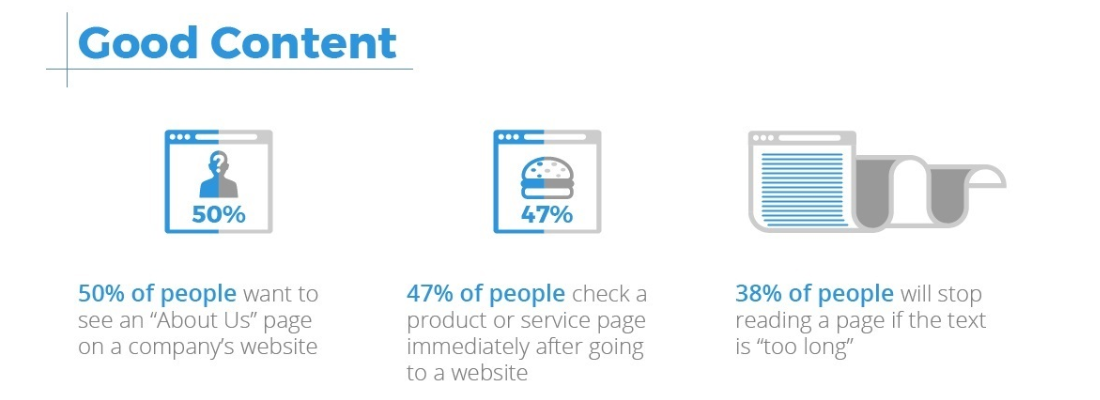
Content is an umbrella term for all the text and multimedia on your site.
Having good web content means writing compelling text that answers common questions or provides other helpful information to readers.
It also means using images and videos to complement your text whenever you have the chance.
Most of all, it means providing the information that your visitors want to see. You’ll also want to create attention-grabbing headlines and meta descriptions to engage your visitors. Wondering how to write a great headline? Check out this article!
Surprisingly, 50% of all Internet users want to see an About Us page when they go to a website. That’s a page that includes information on your company along with original photos, background, and even a video office tour.
On top of that, 47% of all website users navigate to a product or service package page immediately after going to a website. That’s a huge incentive to have all of your products or services listed in easy-to-find areas.
But you never want to go too big with content. 38% of all Internet users will stop reading a page if it looks “too long.” With that in mind, it’s in your best interest to keep content between 800 and 1200 words.
Factor 4. Simple navigation
Navigation makes and breaks websites. After all, if your website’s users can’t figure out how to find what they want, why would they do business with you?
50% of all Internet users use navigation menus to orient themselves on a website. Beyond that, 36% of all people click a company’s logo on a page to return to the homepage.
All in all, that means you need streamlined navigation on your site if you want to convert visitors into customers — or even get them to your site in the first place!
Factor 5. Personalization
Personalization is the process of tweaking your website so you can speak directly to individual visitors’ specific needs.
It takes more time than setting up a website to attract a wide swath of demographics — but it also has the potential to pay more!
In fact, by 2017, personalization has become a major part of the Internet experience.
74% of Internet users say they’re frustrated when a website isn’t personalized. On top of that, 56% of people say they’re more likely to buy from a retailer that recognizes them by name — even if that’s just a “Hi, Justin!” at login.
58% of Internet users say they’re more likely to buy from retailers when the retailers recommend new products to buy, and 65% say they’re more likely to buy from retailers that remember purchase history.
While these stats are focused on ecommerce, the trend is clear.
People want to know that you remember them.
That makes sense, from a personal standpoint. Everyone wants to feel like they’re remembered because you only remember people when they make an impact on your life.
By showing a customer or client that your website remembers them, you’re showing that they’re important to you.
That sentiment goes a long way when you’re trying to grow your business online.
Factor 6. Easy to read fonts
If someone can’t read your website, they won’t stick around for long!
That’s why easy-to-read fonts are so critical.
Surprisingly, the ability to read a font comes down to a few factors: size, spacing, and serifs.
If your text is too small, nobody’s going to try to read your website. And if your letters are all crammed together, it’ll be too hard to read them as well.
But the third factor is the strangest — serifs.
Serifs are the little leaves or tails at the ends of letters that act as an accent. They’re often used in newsprint because serif letters are easier to read in print than sans-serif.
But sans-serif fonts are easier to read on screens.
With that in mind, it’s smart to use serif fonts for headings and headlines on your website, while the body text is sans-serif.
That’ll ensure everyone can read your text, regardless of the device they’re using.
And when it’s sized and spaced properly, you can be confident you’re right.
Factor 7. Multimedia
In addition to text, it’s important to use multimedia on your website.
Multimedia includes videos, graphics, and other visuals that people can see instead of read.
Multimedia is so popular that 4x as many people would rather watch a video than read text.
On top of that, people recall 55% more information when it’s paired with a visual aid like a graphic.
Last, video is expected to represent 74% of all Internet traffic in 2017, and it’ll probably grow after that!
In other words, you need multimedia to make sure your customers stay on your page and remember your business.
If you don’t use multimedia, you’re relying purely on writing skills and text to get new customers, which typically loses to visualized, more engaging content.
Factor 8. Functionality
Functionality is a measure of how well your site works as you intend it to work.
First, speed is a huge issue with functionality. Slow websites cost all retailers about $2.6 billion in lost sales every year.
On top of that 51% of Americans say a slow website is the reason they abandon a purchase — even after they’ve started shopping!
Finally, 64% of shoppers who had a bad experience on a site will choose to shop somewhere else the next time they need a product.
In other words, make sure your site works as intended so you don’t have to deal with lost sales, abandoned carts, or leaving customers.
You could easily claim your fair share of that $2.6 billion pie just by streamlining your site’s inner workings.
Factor 9. Search engine optimization
Search engine optimization (SEO) is the process of making your website better so Google can read it and understand it.
This is crucial to online success because 93% of online experiences start with a search engine. On top of that, search engines are 300% more effective at driving traffic to websites than social media.
SEO leads also have a 14.6% close rate, while traditional leads close at a rate of 1.7%.
Altogether, that makes SEO one of the most effective ways to earn money and grow your business in the entire world — not just online!
P.S., Need to know what your SEO score is? Use our free SEO grading tool for all the insights you need.
Factor 10. Calls to action
Calls to action (CTAs) are the words, phrases, or whole sentences at the end of a page that tell a reader what to do next.
Sometimes, these CTAs are formatted as buttons. Other times, they’re formatted as sentences with links. But regardless of the format, they all do the same thing — encourage conversions.
CTAs can improve conversions by as much as 90% on any given page. Optimizing them further can increase conversions by more than 300% on top of that!
And to reiterate the importance of personalization, personalizing your CTAs can improve conversion rates by another 42%!
So if you’re struggling to get new customers on your site, work on your CTAs as soon as you can.
You could literally get new customers overnight!
Factor 11. No ads
Finally, we have the idea of advertising.
While ad revenue is crucial to the survival of news sites and blogs, advertising has hit a saturation point with the public, especially in the United States.
Lots of people are sick of ads, and there’s even a phenomenon — “ad blindness” — that people adopt so they don’t have to deal with annoying ads on websites anymore.
Plus, if you pay for these ads, sometimes they’re just a waste of money.
In fact, 77% of all online display ads are never seen.
On top of that, 86.6 million Americans used ad blockers in 2015, and the trend has only grown since then.
Last, ads aren’t even that effective. A total of 50% of clicks on mobile ads are accidental, meaning you pay for visitors to your site who don’t even want to be there.
So if you’re looking to advertise online, banner ads and other forms of on-site advertising probably won’t work.
Your best bets will be organic marketing like SEO or, at the very worst, search engine pay-per-click ads.
Otherwise, you’re just losing money (if you’re buying the ads) or losing traffic (if you’re hosting them).
Grade your website today!
Are you ready to grade your site? Just enter your URL into our tried-and-true website grader to see how well you’ve done!
Google Maps SEO: 10 Tips to Rank Higher on Google Maps
What is Google Maps SEO? Google Maps SEO (search engine optimization) is the process of making your business visible on Google Maps when users search for related keywords to your business. As an internet user, you have likely done a Google search to find a local store selling the product you’re looking for near you. […]
Read moreHow To Check Google Ranking?
Learning how to check Google ranking lets you know how much exposure your website receives for specific keywords. Checking your website’s Google ranking may help you identify areas of strengths and weaknesses you can improve on to rank higher on the SERPs and boost your return on investment (ROI). Read on for more information about […]
Read moreWhat Is Google EEAT and How To Optimize Your Site?
Over the years, digital marketers have determined the key elements that produce a high-ranking webpage. But little is known about the Google algorithm that puts webpages at the top of the SERP. However, Google has provided helpful guidelines to ensure quality pages match user intent. Explore what Google EEAT is and what you can do […]
Read moreHow To Add Google Analytics to WordPress?
Google Analytics is one of the most efficient web analytics tools offered by Google for businesses and individuals who want statistics on a specific website’s performance. Further to this, it provides you as the site owner with data on visitor insights such as how they access the site, the channels they use, top keywords used to […]
Read more
